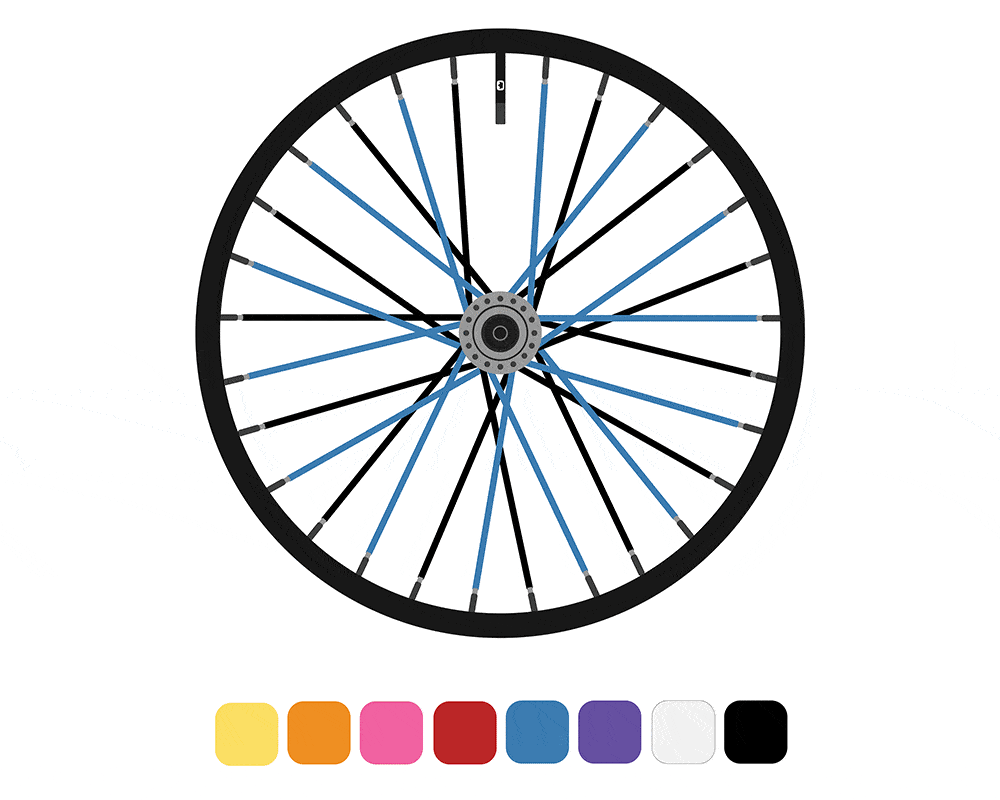Joben Magooch
Well-known member
I’ve noticed lately a lot of folks’ builds where they’re only connecting a ground wire to one of their in/out jacks rather than both.
I’m assuming the thinking here is that the other is grounded thru the enclosure and it’s to avoid potential ground loops?
Just curious as to if there’s any “rules” or suggested guidelines here or if it’s just more of a “test it out and adjust accordingly” type of thing. I’ve always just grounded both jacks with a wire and haven’t ever noticed any obvious issues but never really gave it much thought one way or the other, either.
I’m assuming the thinking here is that the other is grounded thru the enclosure and it’s to avoid potential ground loops?
Just curious as to if there’s any “rules” or suggested guidelines here or if it’s just more of a “test it out and adjust accordingly” type of thing. I’ve always just grounded both jacks with a wire and haven’t ever noticed any obvious issues but never really gave it much thought one way or the other, either.









